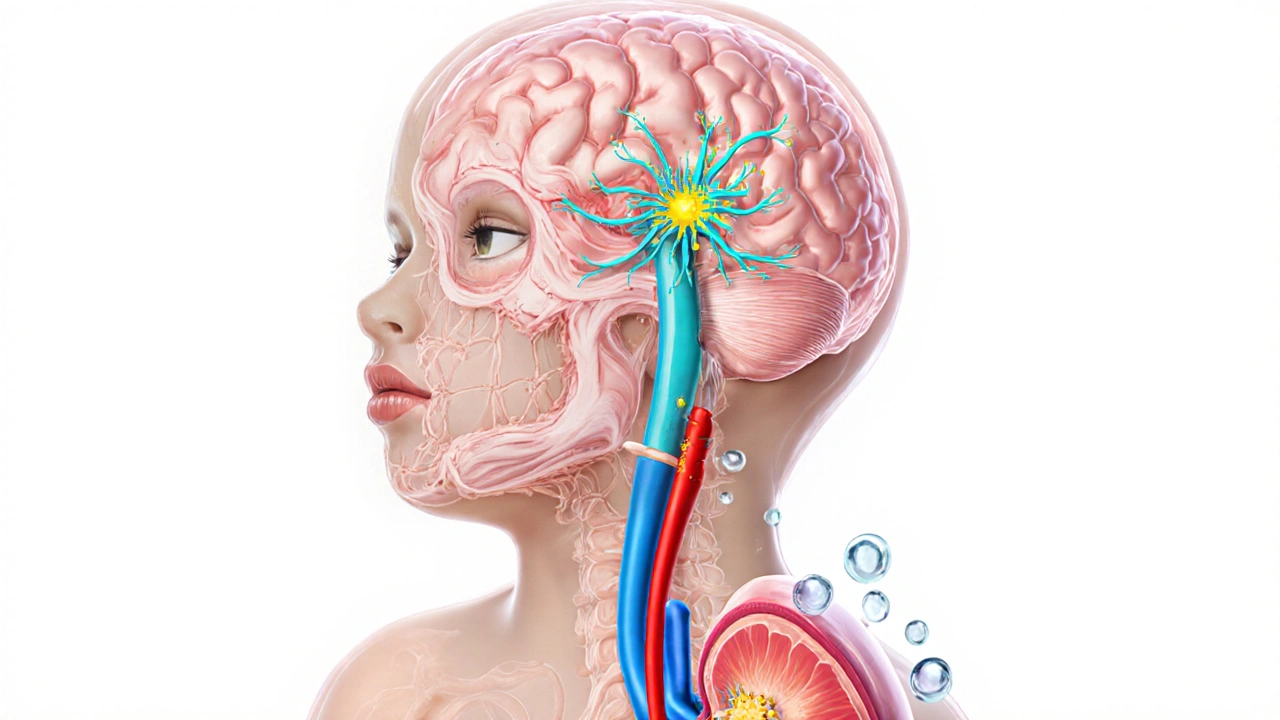Growth Disorders – Overview and Insights
When working with growth disorders, a group of conditions that impair normal height development in children and adolescents. Also known as short stature syndromes, they can stem from hormonal, genetic, or skeletal issues. Growth disorders encompass hormonal deficiencies, genetic mutations, and skeletal abnormalities, meaning the problem may lie in the pituitary gland, a gene, or the bone growth plates.
Key Topics Covered
One of the most common hormonal causes is growth hormone deficiency, a condition where the pituitary gland does not produce enough growth hormone. This deficit often shows up as slow growth velocity, delayed bone age, and low IGF‑1 levels. Treating growth hormone deficiency usually involves recombinant GH injections, which can restore growth rates when started early. The therapy’s success depends on dosage, adherence, and underlying health, so regular monitoring is essential.
On the skeletal side, skeletal dysplasia, a family of genetic disorders that affect bone formation and result in disproportionate short stature, is a major player. Conditions like achondroplasia or hypochondroplasia alter the shape of long bones, leading to characteristic body proportions. While GH therapy rarely fixes the underlying bone shape, orthopedic interventions and targeted physiotherapy can improve function and quality of life.
Diagnosing any growth disorder requires a systematic approach. First, clinicians assess bone age through hand‑wrist X‑rays to see if skeletal maturation matches chronological age. Lab work then checks hormone levels—GH, thyroid hormones, cortisol, and IGF‑1—to identify endocrine problems. Genetic testing, often via panels or exome sequencing, helps pinpoint chromosomal or single‑gene mutations responsible for skeletal dysplasia or rare syndromes. These steps together form a reliable roadmap for pinpointing the cause.
Treatment strategies vary by cause but share common goals: maximize height potential, improve metabolic health, and address psychosocial impacts. For hormone‑related issues, recombinant GH or, when appropriate, sex steroids are standard. Genetic conditions may benefit from growth‑modulating drugs like vosoritide for achondroplasia, while severe deformities sometimes need surgical correction. Nutrition, regular exercise, and psychosocial support round out the plan, ensuring patients not only grow taller but also stay healthy and confident. Below you’ll find a curated list of articles that dive deeper into medication guides, patient stories, and the latest research, giving you a practical road map for managing growth disorders.
